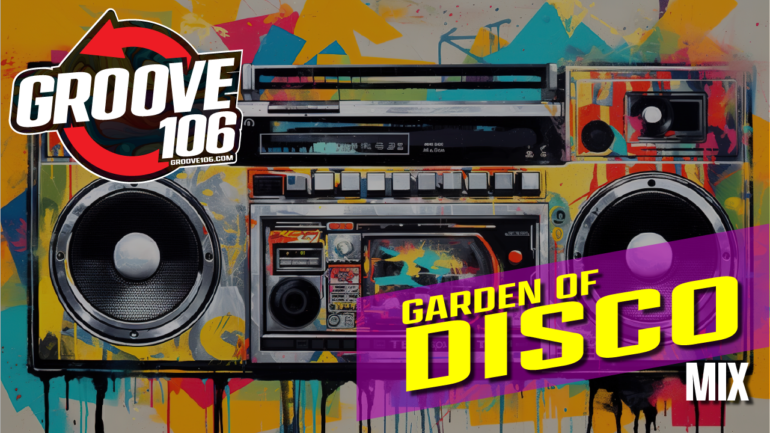
-
 play_arrow
play_arrow
Groove 106 Radio Groove 106 Radio
You may also like
Freestyle Mega Mix Vol 1
Freestyle music, often referred to as Latin freestyle or simply freestyle, emerged in the 1980s as a vibrant genre blending electro, Latin rhythms, and hip-hop. Its birth can be traced to cities like New York and Miami, where diverse cultures collided, particularly within the Latino and African-American communities. Freestyle became known for its fast-paced beats, melodic synths, and emotional vocals, often centering around themes of love, heartbreak, and resilience. Artists like Shannon with her hit “Let the Music Play” in 1983 set the stage for freestyle’s explosive popularity, influencing a generation of artists and producers.
As the 1980s progressed, the freestyle scene grew rapidly, with artists like Lisa Lisa & Cult Jam, Exposé, and Stevie B leading the charge. Their songs were energetic, driven by infectious beats, and perfectly suited for dance floors. Tracks like “I Wonder If I Take You Home” by Lisa Lisa and “Spring Love” by Stevie B became anthem-like in clubs, especially in urban communities. The genre’s hallmark was its ability to meld emotion with rhythm, producing songs that could make you dance but also resonate deeply on a personal level. Freestyle’s accessibility and energetic beats helped it dominate radio airwaves, bringing a refreshing counterpoint to the growing rock and pop scenes of the era.
Freestyle’s influence didn’t end with the 1980s. In the 1990s, the genre continued to evolve and thrive, especially in regions like Miami, where it was deeply embedded in club culture. While mainstream pop and hip-hop began to rise, freestyle still held its own, influencing early house music and even laying the groundwork for what would become modern EDM. Artists like George Lamond, TKA, and Noel found success well into the 90s, and the genre’s legacy persisted in the works of dance-pop acts that followed. Freestyle’s emotive lyrics and dance-driven beats set the foundation for much of the club music in the decade, proving its enduring appeal.
You may also like
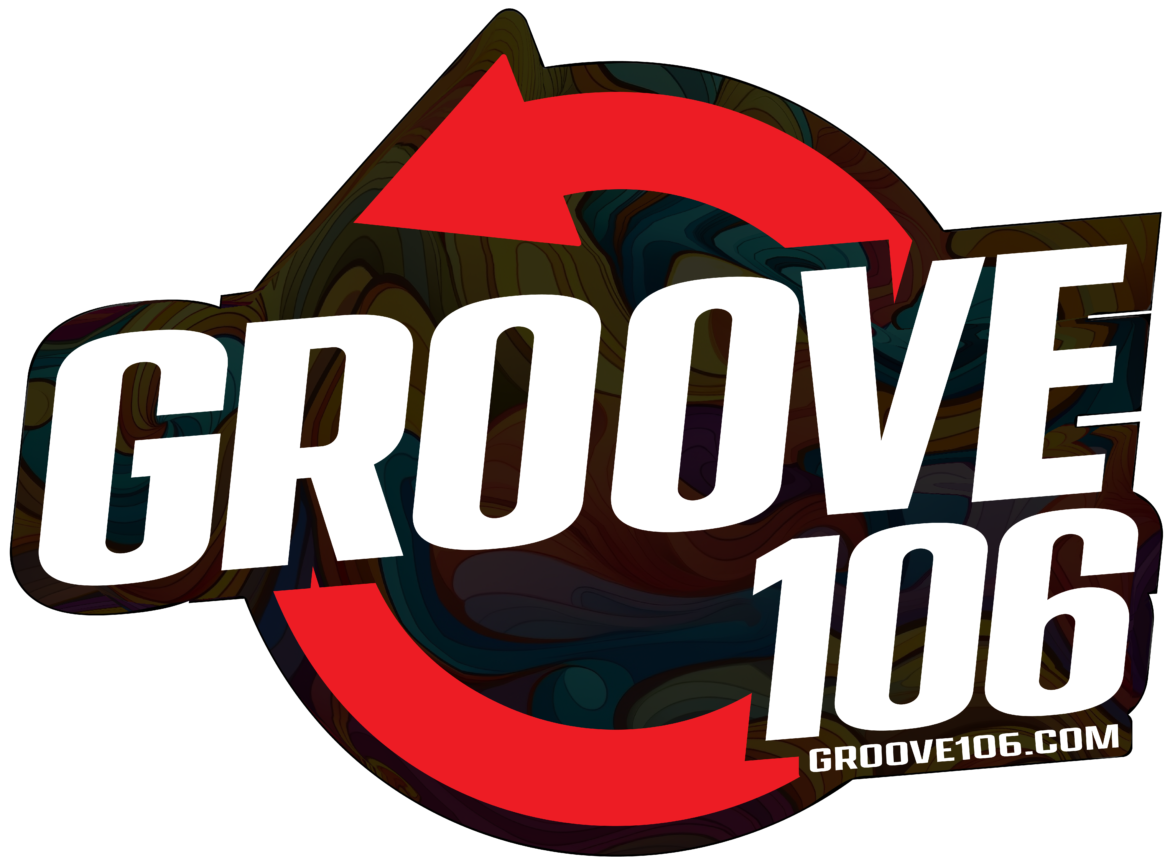
- M-F 8am-5pm
- Groove106radio@gmail.com
- Southern California
Copyright Groove 106 - All rights reserved 2024.

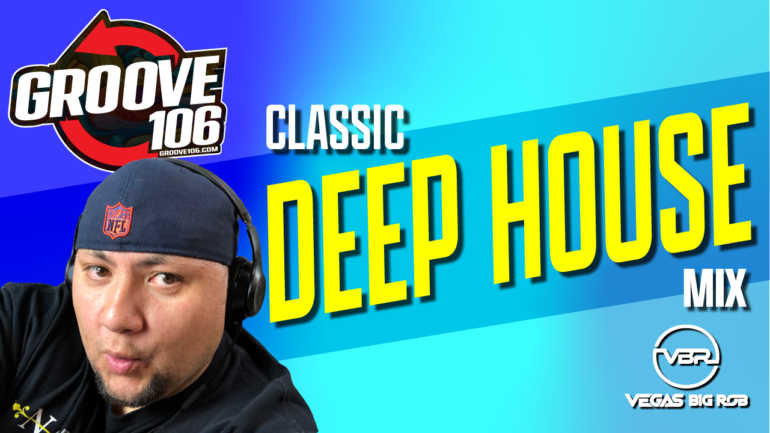
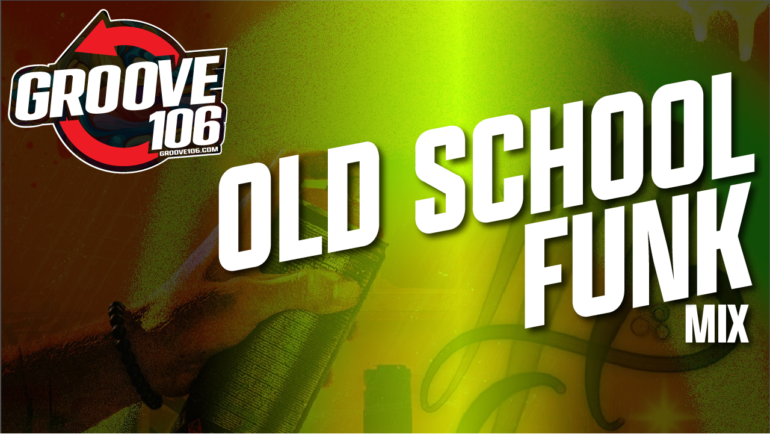







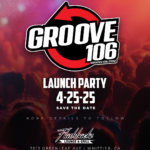
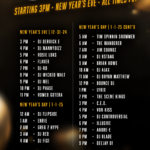
Post comments (0)